 Commonwealth Games 2010 has been more about scams, scandals, squabbling and a myriad of controversies, rather than the sports itself. Shaking off all the muck associated with the games, MSN India brings to you a dummies guide to the event. Trace the timeline of CWG history, or find out how many medals India won in a decade's participation at the games. We have also compiled the five best moments from the history of CWG.
Commonwealth Games 2010 has been more about scams, scandals, squabbling and a myriad of controversies, rather than the sports itself. Shaking off all the muck associated with the games, MSN India brings to you a dummies guide to the event. Trace the timeline of CWG history, or find out how many medals India won in a decade's participation at the games. We have also compiled the five best moments from the history of CWG.
What is Commonwealth Games?
To understand what Commonwealth Games, we must first decipher the word 'commonwealth.' Commonwealth, which was earlier known as British Commonwealth pertains to a group of 54 nations. All but two of these nations were once under the British Empire.
Collectively, the commonwealth nations are also known as the commonwealth family. Commonwealth Games is an event where all the nations in the family come together and participate in various sports. Thus, the games are a multi-sport event. Commonwealth games are held in every four years.
The games are overseen by the Commonwealth Games Federation (CGF). CGF decides the sporting programme and also chooses the venue where the games are to be held.

History of Commonwealth Games
1891 - An Englishman, Astley Cooper first moots the idea of a sporting event bringing together all the nations which were once under the British Empire. The objective is to foster good understanding and promote goodwill.
1911 - Australia, Canada, South Africa and the United Kingdom took part in Inter-Empire Championships held in celebration of the coronation of King George V. The competition includes sports like wrestling, boxing, swimming and athletics.
1928 - Canada's Melville Marks Robinson asked to organize the first British Empire Games.
1930 - The first games held in Hamilton, Ontario, Canada.
1942 & 1946 - The Games were not conducted due to World War II.
1954 - The name of the Games was changed to British Empire and Commonwealth Games. Women started competing in athletic events as well.
1970 - The name was changed again to British Commonwealth Games.
1978 - The Games was given its current name - Commonwealth Games.
1998 - CWG in Kuala Lumpur saw team sports including cricket, hockey, netball and rugby being included.
2014 - The Games to be held at Glasgow, Scotland.

Best moments of Commonwealth Games
Roger Bannister v John Landy , Vancouver 1954
Many regard it as the 'Miracle Mile' race. Both the runners broke the four minutes barrier, which itself was a record. Landy led the race but with just a few moments to go Bannister went past Landy to win a historic race.
Barry McGuigan winning in Edmonton 1978
Barry McGuigan became a hero in his homeland, Ireland. The youngest member in his team, Barry all of 17 years went on to win the gold medal in the bantamweight class.
Allan Wells's dead heat with Mike McFarlane in Brisbane 1982
English runner Mike McFarlane and Scotsman Allan Wells created a piece of history when both of them crossed the finishing line in exactly the same time. The 200 meters sprint ended in a dead-heat. It was the first and the only time a gold medal was declared in a dead-heat.
Ian Thorpe wins four gold medals in 1998 Kuala Lumpur
15-year old Ian Thorpe made history when he won four golds in swimming in Kuala Lumpur.

India at Commonwealth Games
2006 Melbourne
Medals Tally
GOLD
SILVER
BRONZE
TOTAL
22
17
11
50
Star of the show: Samresh Jung won 5 golds, 1 silver and 1 bronze in shooting.
2002 Manchester
Medals Tally
GOLD
SILVER
BRONZE
TOTAL
30
22
17
69
Star of the show: Women's hockey team won gold after beating Australia in the final.
1998 Kuala Lumpur
Medals Tally
GOLD
SILVER
BRONZE
TOTAL
7
10
8
25
Star of the show: Jaspal Rana wins gold in shooting.

Indians to watch-out for in Commonwealth Games
Vijender Singh and Akhil Kumar (Boxing)
Vijender has already done India proud by winning the bronze medal in the 2008 Beijing Olympics. CWG will be another opportunity for the pugilist to shine along with compatriot Akhil Kumar.
Bindra, Narang and Sawant (Shooting)
Abhinav Bindra and Gagan Narang can be banked upon to give us medals in shooting. And in the women's category Tejaswini Sawant looks in form after her gold medal win in the World Championships in Germany.
Sushil Kumar(Wrestling)
Olympic bronze medalist and the recently crowned world champion in Russia, Sushil Kumar would be itching to show his mettle in the CWG.

Commonwealth Disciplines
Aquatics
Archery
Athletics
Badminton
Boxing
Cycling
Gymnastics
Hockey
Lawn Bowls
Netball
Rugby Sevens
Shooting
Squash
Table Tennis
Tennis
Weightlifting
Wrestling
Source: India Syndicate




 The longest-running legal battle in India is a dispute over the 60 ft by 40 ft land in Ayodhya where the Babri Masjid stood till December 6, 1992. Since 1950, five title suits have been in the Allahabad high court, staking claim to the title of the plot of land of the Babri Masjid. Of these, four are to be decided by the Lucknow bench of the high court.
The longest-running legal battle in India is a dispute over the 60 ft by 40 ft land in Ayodhya where the Babri Masjid stood till December 6, 1992. Since 1950, five title suits have been in the Allahabad high court, staking claim to the title of the plot of land of the Babri Masjid. Of these, four are to be decided by the Lucknow bench of the high court.



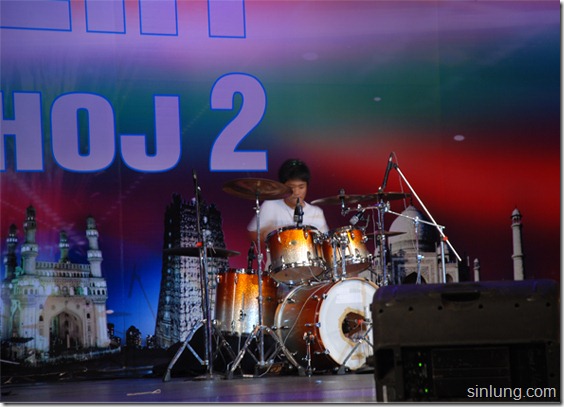
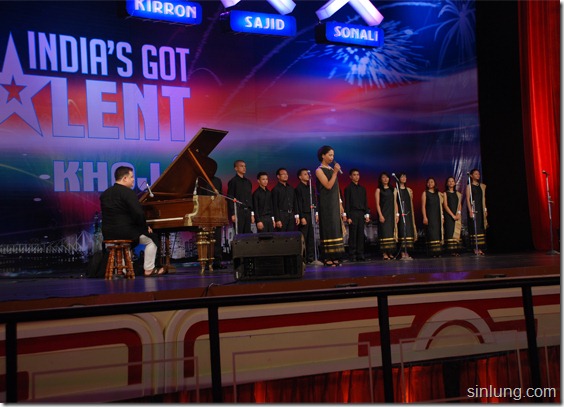
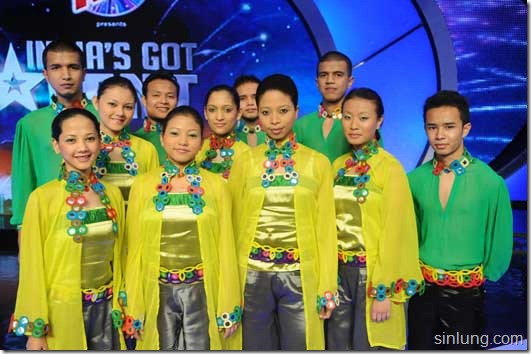

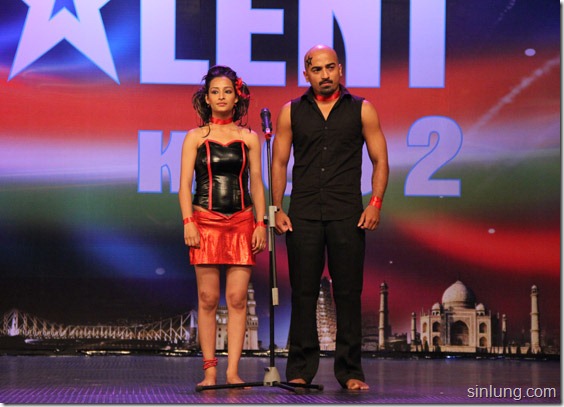
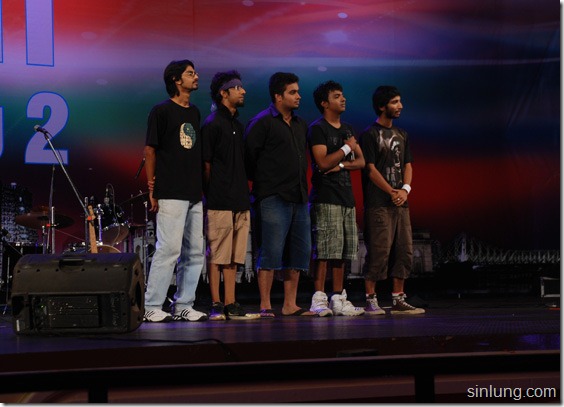





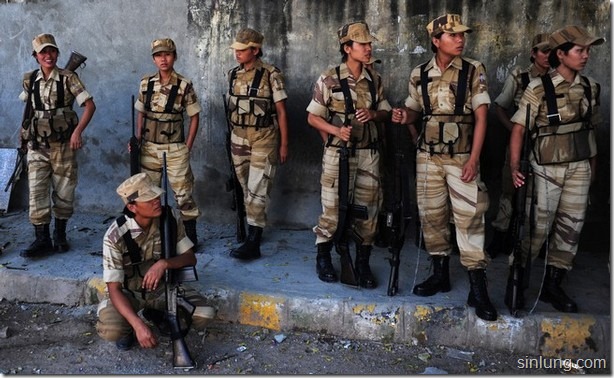
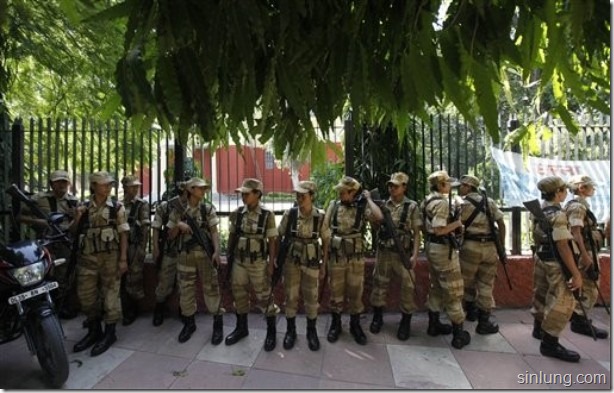

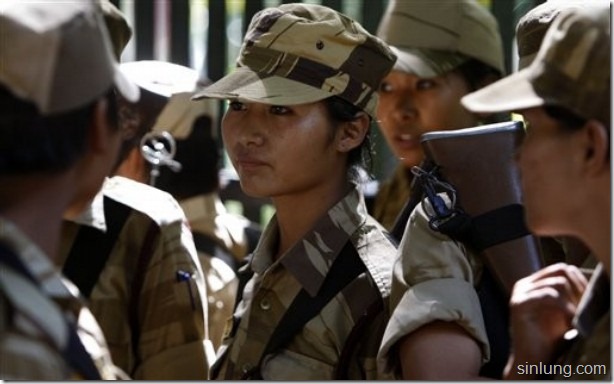
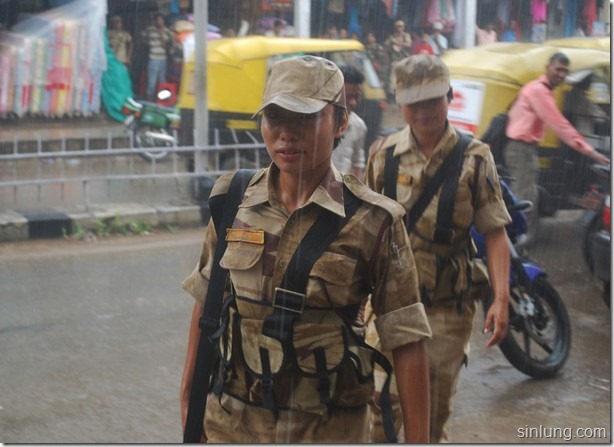
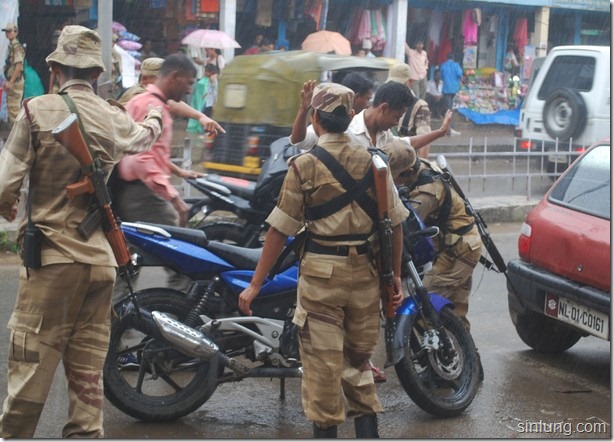
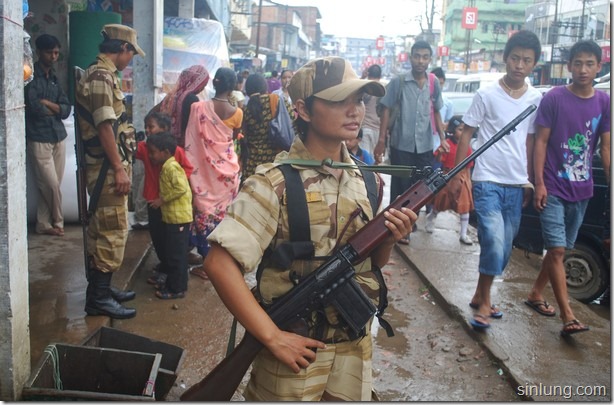
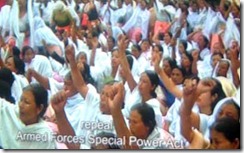
 Set for a new rise:The potential of the North-Eastern States can be tapped only by building sound financial and physical connectivity with the other States.
Set for a new rise:The potential of the North-Eastern States can be tapped only by building sound financial and physical connectivity with the other States. 






